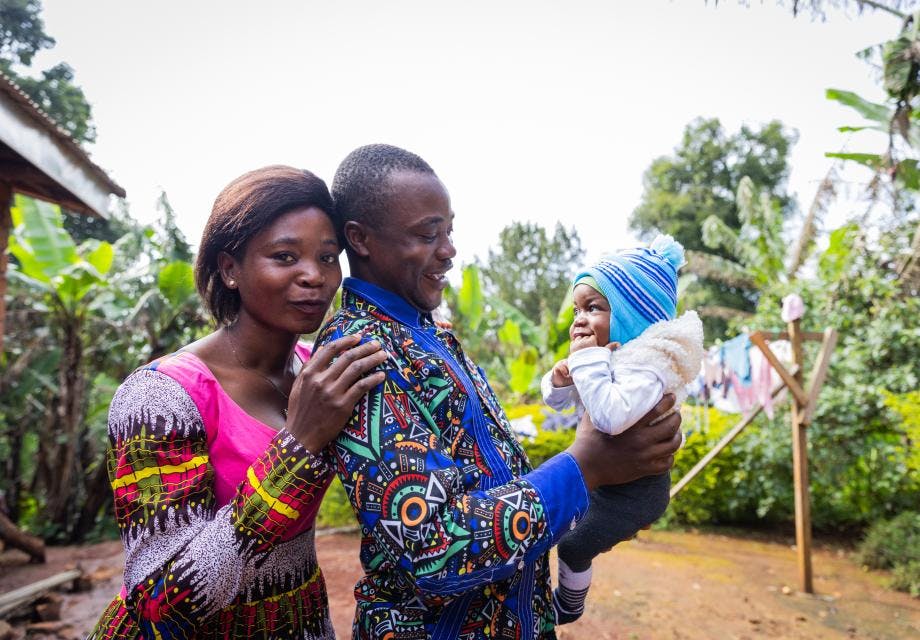Parenting sessions increase child HIV testing in Lesotho
Hester Phillips
18 January 2024
Sessions that support parents to develop their child’s reading skills and also provided information on HIV testing, health and nutrition has shown promise in rural Lesotho
Young children in rural areas can miss out on vital health and development services, including HIV testing. But a parenting programme delivered by community health workers has been successful at improving outcomes.
What is the research about?
The research assessed the impact of offering parenting sessions to improve child HIV testing and language development in rural Lesotho.
The trial took place in Mokhotlong district in north-eastern Lesotho. It involved around 1,000 children (ages 12 months to 5 years) and their caregivers from 34 villages. Half the children and their caregivers attended weekly sessions run by community health workers for two months. Sessions offered guidance on shared reading skills, and education on HIV, health and nutrition. The course included a ninth top-up session one month later and a monthly book exchange which ran for 10 months. Mobile HIV testing was offered to all participating villages at community health events.
Why is this research important?
Although there have been big improvements in preventing parent-to-child HIV transmission, children in remote areas are most likely to be missed. Providing sessions on child health and development could be a cost-effective way to increase HIV testing while providing other vital support.
What did they find out?
Caregivers in the intervention group were significantly more likely to get their child tested for HIV than those in the control group. At 12 months, 61% of children in the intervention group had received an HIV test, compared with 43% of children in the control group.
But at three months (the end of the course), the number of children being tested was low, and the difference between the groups was not significant. (30% of children in the intervention group had received an HIV test, compared with 23% of children in the control group.) This shows it can take time for caregivers to get children tested. During the study, three children (all in the intervention group) were diagnosed with HIV and received treatment.
Caregivers in the intervention group reported that their children had higher receptive language (words that a child understands) than the control group at 3 months, but not at 12-months. But there was no significant difference between groups at any stage when researchers directly assessed receptive language. There was also no difference between groups on expressive language (words a child understands and uses) and children’s attention spans.
Engagement with the study was high. Most caregivers (95%) attended six sessions, and 69% attended all sessions. In the intervention group, just over half the caregivers and children attended a health event. In the control group, only 29% of caregivers and 21% of children attended one.
What does this mean for HIV services?
Providing integrated child health and development training for caregivers in rural areas, alongside mobile health services, can be an effective way to improve HIV testing among young children.
Rural parenting programmes must be designed with the input of village members. This will encourage caregivers to take part in the sessions. And it will ensure that the course reflects the reality of raising children in remote areas.
Get our news and blogs by email
Keep up-to-date with all our latest news stories and blogs by signing up to the Be in the KNOW news digest.
